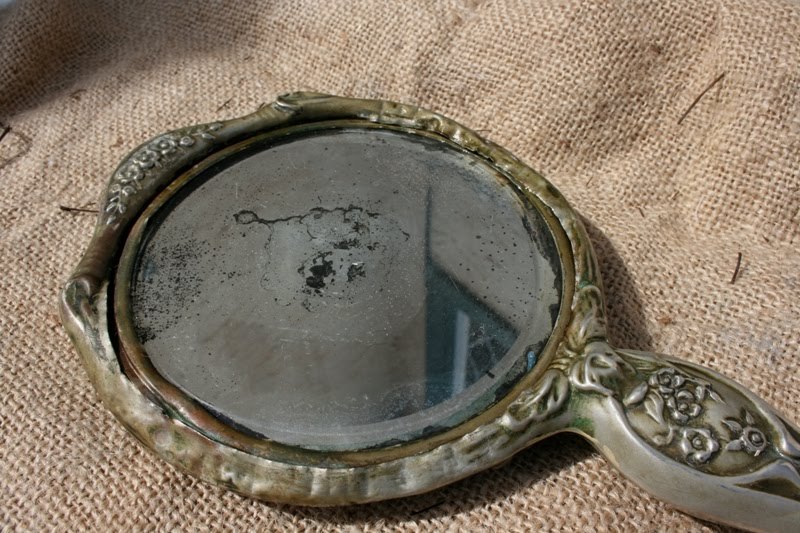 |
| Mirror |
The first
mirrors used by people, apparently, were reservoirs with dark and calm water, or water collected in vessels of a certain type. The first mirrors produced were pieces of polished volcanic glass (obsidian). Samples of obsidian mirrors were found on the territory of modern Turkey and are dated about 6000 years BC. Polished stone mirrors from Central and South America are approximately dated 2000 BC. Mirrors from polished copper, age 4000 BC, were found in Mesopotamia and 3000 BC - in Ancient Egypt. In China, bronze mirrors were made from about 2000 BC. Mirrors from other metal alloys, such as mirror bronze, could be made in China and India. Mirrors made of mirror copper or other precious metals were heavy for production and belonged only to rich people.
It is assumed that a glass mirror with a metallic coating was invented in Sidon (modern Lebanon) in the first century of our era. A glass mirror covered with gold leaf was mentioned by the Roman author Pliny in his Natural History, written about 77 AD. The Romans also developed a coarse mirror production technology by coating blown glass with molten lead.
 |
| Mirror |
Parabolic
mirrors were described and studied in ancient Greece by the mathematician Diokle in his work “On the burning mirrors”. Ptolemy conducted several experiments with curved iron mirrors and discussed flat, convex spherical and concave spherical mirrors in his work "Optics". Parabolic mirrors were also described by the physicist Ibn Sahl in the 10th century. At the same time, Ibn Al Haytham studied convex and concave mirrors of spherical and cylindrical forms, performed a series of experiments with mirrors and solved the problem of finding a point of a concave mirror, on the basis of which the beam would reflect at another point. By the 11th century, glass mirrors began to be produced in Moorish Spain.
 |
| Mirror |
In China, people began producing
mirrors using silver-mercury amalgam in 500 AD. During the early Renaissance, European manufacturers created an excellent technique for coating glass with tin-mercury amalgam. The exact date and place of this discovery is unknown, but in the 16th century, Venice, a city famous for its glass processing technologies, became the center of production of mirrors for this new technology. Glass mirrors of this time were very expensive luxury. An important manufacturer of mirrors was the factory Sant Gobain, created at the initiative of the royal family in France. Bohemian and German mirror manufacturers, as a rule, cheaper, were also known at that time.
It is believed that the invention of the silver-coated mirror was made by the German chemist Justus von Liebig in 1835. His process involved coating a glass with a thin layer of metallic silver using the chemical reduction of silver nitrate. This process was adapted for mass production and led to an increase in the availability of mirrors at reasonable prices. Today, mirrors are usually produced by vacuum deposition of aluminum (or sometimes silver) directly onto the surface of the glass.

.png)